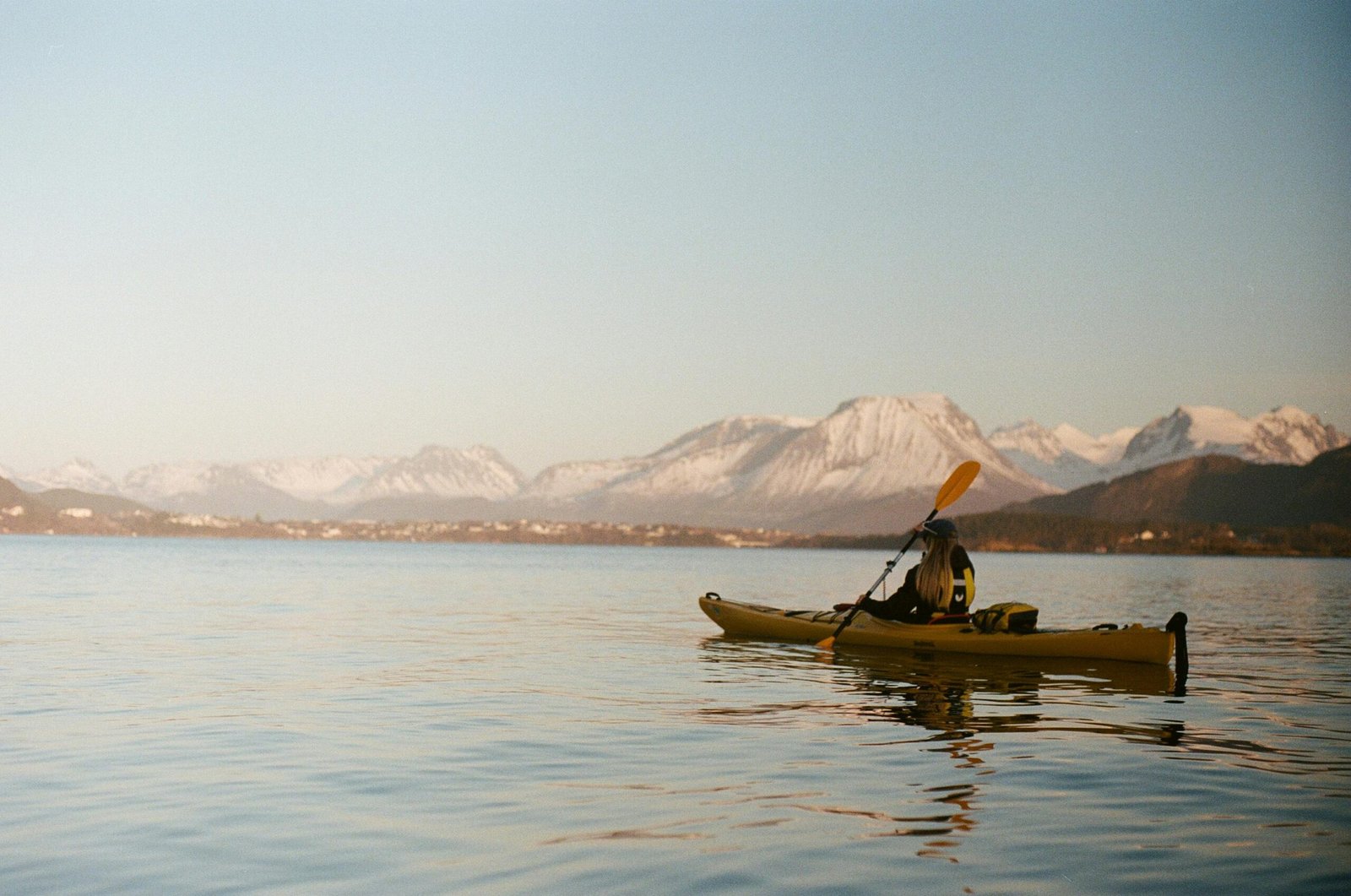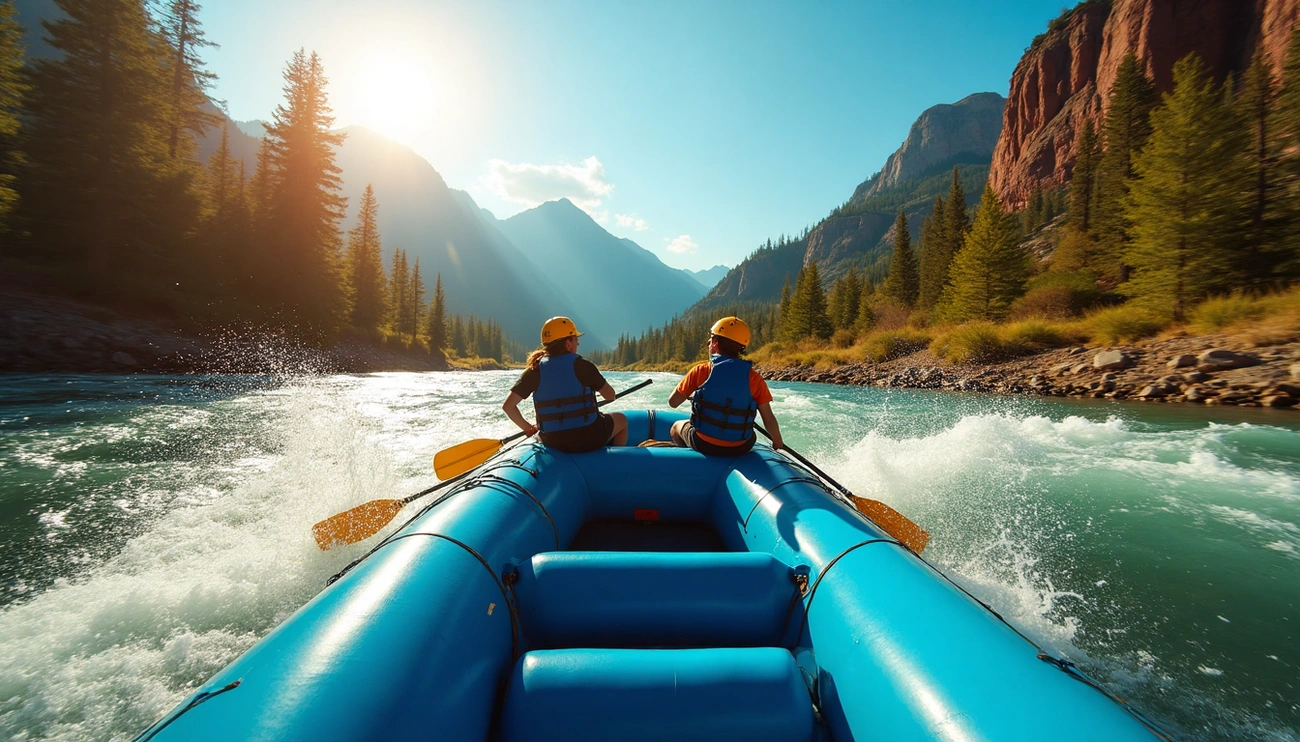Invasive mussels could damage Washington’s hydropower and water infrastructure by more than $100 million annually during boating season.
This massive financial threat emphasizes why Washington state boaters must stay alert. The Washington Department of Fish and Wildlife’s 2024 inspections covered 58,000 watercraft and detected 25 vessels with invasive mussels that needed cleaning and decontamination. Inspection activities increase at the time boating season begins, particularly around opening day as waterways get crowded.
A single contaminated boat, trailer, or piece of equipment can introduce aquatic invasive species that might forever change Washington’s freshwater ecosystems. These destructive organisms ignore property lines and legal boundaries. Washington boat permits come with the responsibility to protect these valuable waters.
This piece covers everything about responsible boating in Washington waters. Boaters will learn the seasonal schedule and ways to safeguard state waterways through straightforward “Clean, Drain, Dry” protocols.
What Every Boater Should Know Before Hitting the Water
Boaters in Washington need to know important dates, events, and safety rules before hitting the water. This guide helps both experienced captains and newcomers stay safe during their adventures.
When does boating season start and end in Washington?
You can boat in Washington waters throughout the year. The official season starts on the first Saturday in May – May 3rd for 2025. Washington doesn’t set a specific end date like states with harsh winters. In spite of that, most people cut back on boating during the cold, wet months between late October and early April.
Most boat owners winterize their vessels around mid-October before mountain passes become hard to direct. Out-of-state boaters must get an aquatic invasive species prevention permit before launching their boats in Washington waterways.
Types of boats and gear that need attention
Your watercraft must meet Washington’s legal requirements before launch:
Every vessel, from kayaks to canoes, needs Coast Guard-approved life jackets for everyone on board. Kids 12 and under must wear life jackets on boats under 19 feet.
Motorized boats need extra equipment like fire extinguishers (for boats with inboard engines, 26+ feet length, or enclosed compartments). Each vessel needs sound signals you can hear for half a mile and proper navigation lights between sunset and sunrise.
Washington law says motorboat operators with 15+ horsepower must complete boater education and get a boater education card. People born before 1955 don’t need this requirement.
Smart Cleaning Habits to Prevent Invasive Species
Clean your watercraft the right way to stop aquatic invasive species (AIS) from spreading across Washington’s waterways. Good cleaning habits will protect the state’s ecosystems all through boating season.
Use of stiff brushes and clean water
Stiff brushes help you fight off hitchhiking invasives. Take time to get into your vessel after each boating trip. Look for rough patches where invasive species might hide. A stiff-bristled brush made for marine surfaces works great to scrub these areas. You’ll need this to remove tough organisms like zebra mussels that feel like sandpaper on your hull.
Hot water at 140°F kills most invasive species instantly – use this to rinse your boat. High-pressure washing equipment works great to clean your boat, motor, and trailer. On top of that, it helps to check spots like trailer bunks, axles, rollers, and motor props where plants, mud, or debris collect.
Cleaning non-motorized watercraft like kayaks and SUPs
Small craft need extra care too. Invaders love to hide in carrying bags, cockpits, hatches, and stick to hulls, rudders, paddles, and SUP leashes of kayaks, canoes, and stand-up paddleboards.
To get a full picture:
- Rinse your craft with clean water
- Focus on spots where water collects
- Clean storage areas and hatches
- Put small gear in 45°C (113°F) water for 15 minutes to kill 99% of non-native species
Tips for cleaning in areas without rinse stations
You have budget-friendly options when cleaning stations aren’t around. Here’s what works for quick cleaning:
- Keep spray bottles with tap water handy
- Use boat-specific waterless wash products
- Bring microfiber towels to dry everything
- Pick biodegradable cleaners that are safe for waterways
- Keep grabber tools ready to remove plants from tough spots
Your gear needs at least six hours in the freezer to kill most aquatic invasive species. This works great between trips to the water.
Avoiding Common Mistakes That Spread AIS
Even careful Washington boaters can spread aquatic invasive species (AIS) without meaning to. Simple mistakes during boating season can harm the state’s pristine waterways.
Leaving drain plugs in place
Boaters often forget to remove their drain plugs after leaving the water. These small parts sit at the hull’s lowest point and let water escape when the boat is on land. The water trapped inside creates perfect conditions for invasive species to survive.
The state law says boaters must drain all water from boats and onboard containers before approaching or leaving fresh water. You need to empty:
- Bilge pumps and bilge areas
- Live wells and bait containers
- Ballast tanks and transom wells
The drain plugs must stay out during transport. This helps comply with rules and stops microscopic invasive organisms from moving between waterways.
Transporting wet gear between lakes
Wet fishing and boating gear poses a major risk. These aquatic invasive species can survive on damp gear for:
- Hours to days in general conditions
- Up to two weeks in consistently moist environments
- Months in residual water in certain cases
Life jackets, waders, anchors, and fishing equipment need extra care since their dense materials hold moisture longer. Take apart wading footgear and waders to check and remove visible mud, sediment or plant debris before you leave any water access area.
Skipping drying time between trips
The most dangerous mistake happens when people rush between waterbodies without proper drying time. Experts say you should:
- Wait 5-7 days in warm, dry conditions
- Let equipment dry completely until it feels dry, then wait 48 more hours
- Give extra time to bilges and live wells that don’t get good air flow
You must decontaminate if there’s not enough drying time. You can wash with 140°F hot water, freeze gear until solid, or use approved disinfectant solutions if needed.
These precautions throughout boating season will protect Washington’s aquatic ecosystems for future generations.
Staying Compliant and Informed in Washington
Boaters need to follow Washington’s regulations to protect the environment and stay legal during boating season. These rules help keep harmful aquatic invasive species out of the state’s waterways.
Do you need a boat permit in Washington?
The Department of Licensing requires most boats in Washington to have proper registration and titles. Washington residents must pay a yearly Aquatic Invasive Species (AIS) management fee with their boat registration. The registration sticker shows they’ve paid. People with boats from other states, seaplane operators, and commercial vessel transporters need to get a separate AIS prevention permit.
You don’t need to register:
- Human-powered vessels like canoes and kayaks
- Boats under 16 feet with motors of 10 horsepower or less used only on non-federal waters
- Boats registered in another state used in Washington waters for 60 days or less
Anyone operating motorboats with 15 horsepower or more needs a Washington Boater Education Card. People born before 1955 don’t need this card.
How to find and use inspection stations

WDFW runs three mandatory boat check stations in Washington. You’ll find them near the Washington/Idaho border on I-90, close to the Tri-Cities on U.S. 395, and off I-90 near Cle Elum. The law says all watercraft must stop at these stations while they’re open – this includes everything from powerboats to paddleboards.
Boaters coming from outside Washington should call the AIS hotline (1-888-WDFW-AIS) first. This helps them know if they need a free boat inspection. Some local areas have their own inspection programs. For example, Bloedel Donovan Park and Lake Samish run daily inspections from 5am-9pm during boating season.
Using the WA Invasives app to report issues
The WA Invasives app lets people report suspected invasive species easily. Users can take photos, mark locations, and add sighting details. The app works offline too, so no cell service is needed. Expert-verified reports become part of the Early Detection and Distribution Mapping System. This system has over 3 million invasive species reports from across North America.
Where to get more information and updates
Washington State Parks’ website has detailed boating rules. You can also call their Mandatory Boat Education line at 1-877-902-8555. The Washington Department of Fish and Wildlife website explains how to stop aquatic invasive species from spreading. Your local sheriff’s office or police department can tell you about specific boating rules in your area.
Conclusion
Protecting Washington’s Waters: A Shared Responsibility
Washington’s waterways face substantial threats from invasive species. Boaters must stay alert all season long. The “Clean, Drain, Dry” protocol forms the basis of responsible boating practices. These simple steps can reduce the spread of harmful organisms between lakes and rivers.
The boating season kicks off on the first Saturday in May. Water enthusiasts can still enjoy Washington’s waters all year. Boaters need proper permits, safety gear, and education requirements before hitting the water. This applies even more to first-time visitors who must learn these rules before launch.
The state offers helpful resources to boaters. Local inspection stations provide expert guidance. The WA Invasives app lets citizens help protect the waters. These tools combined with good cleaning habits create a strong defense against aquatic invaders.
Prevention works better than fixing problems later. Invasive mussels could cost $100 million yearly in damage. Every boater helps protect Washington’s aquatic ecosystems by removing drain plugs, drying equipment, and cleaning their vessel properly.
Everyone who enjoys these pristine waters shares this duty. These guidelines help keep Washington’s lakes and rivers healthy and available to future generations. Protecting these natural treasures needs everyone’s help – one boat and one trip at a time.




